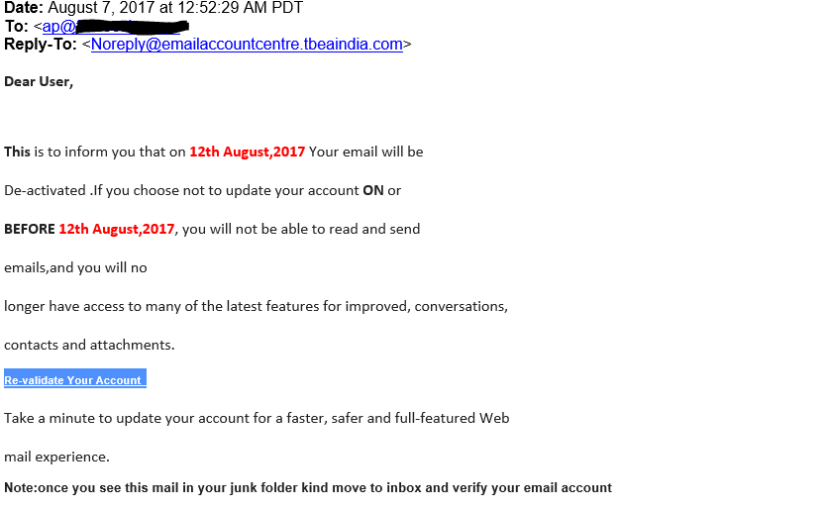Phishing Attacks In The Real World

When was the last time you almost lost $23,000 to a phishing email? This nearly happened to one of our clients this week. Fortunately, this phishing attempt was spotted before the funds were transferred, however, there are a few good lessons to take away from this story and we want to educate you so […]
Phishing For Passwords

There has been a recent increase in phishing attempts across the US and it is concerning for many reasons. It is important to be aware of these issues and how these phishing attempts work so that you can protect yourself and your company. The unfortunate truth is that there is only so much you can do to […]
Scam Email and Phishing Attempts
As an IT support company, we are always telling our friends and clients to be cautious with what they click on or whom they give personal information to. Most people know to avoid giving money to a Nigerian price, but scams and phishing attempts are becoming more advanced every day. Many scam emails disguise themselves as people […]




